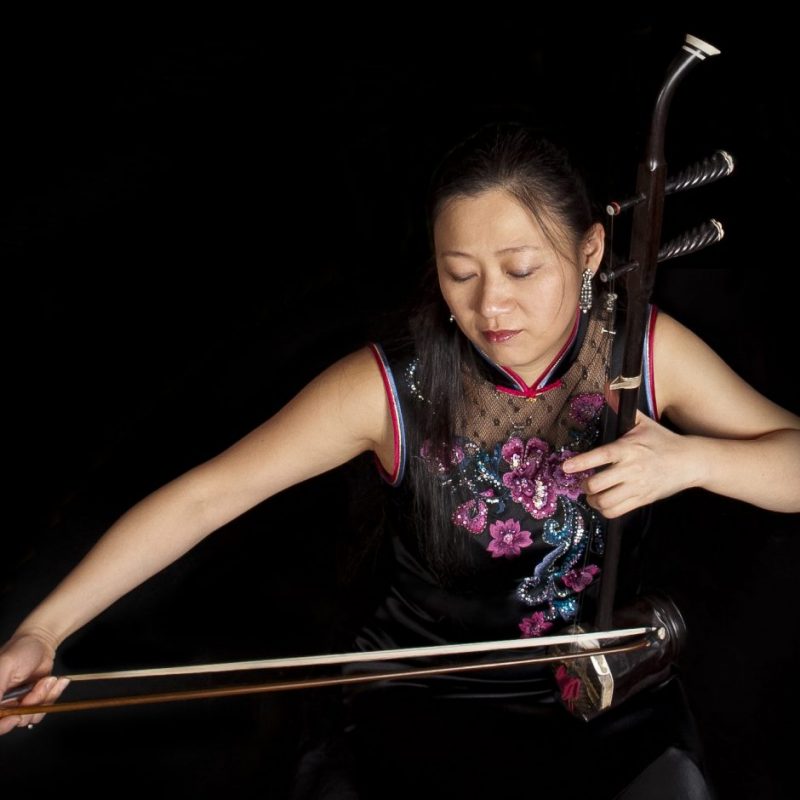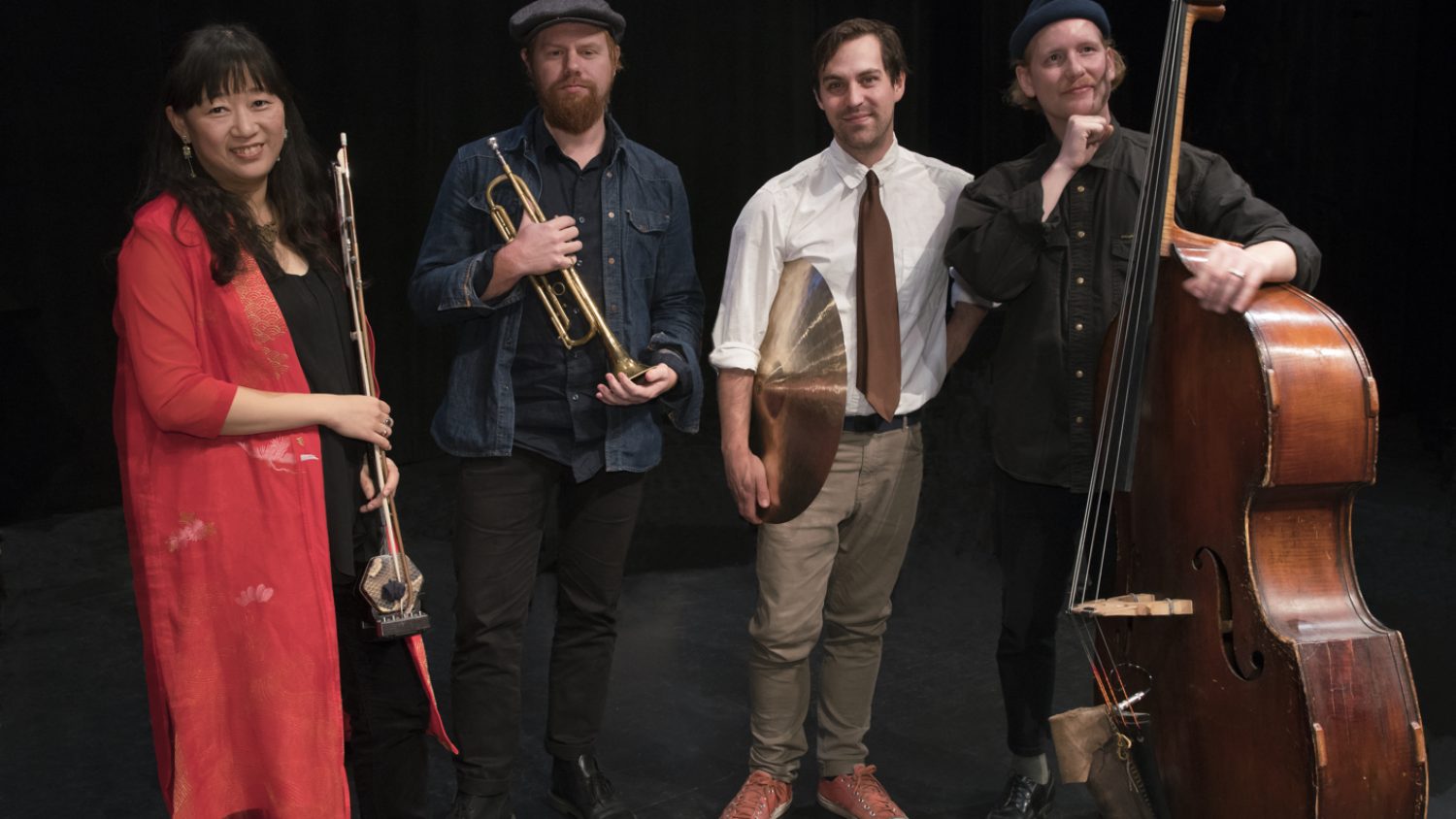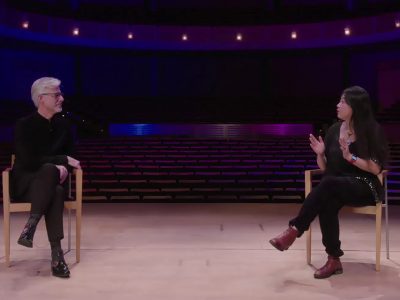- News
- Lan Tung’s Musical Meeting Ground
Lan Tung’s Musical Meeting Ground
Spontaneous composition is a cornerstone of musical creation. Today and throughout history, improvisation is attested in musical traditions the world over. For Lan Tung, an erhu player with a propensity for cross-cultural collaboration, it is the common ground where all her musical influences can intermingle – an innovative approach rooted in historical truth.


The Chinese classical tradition includes multiple types of improvisation. With structured improvisation, a soloist or members of a small ensemble use existing melodies as a foundation to create their own variations. With creative improvisation (a term coined by guqin player Li Xiangting), musicians follow rules and use pre-determined musical motives to facilitate cohesion even while creating brand new music [1].
In erhu music, structure was historically based on a chain of contrasting motives – similar to gamelan or other oral music traditions [2]. Characterized by variety, ease of recollection, and adaptability, these motives were used as building blocks to spontaneously construct unique compositions in performance. With this improvisation style, the imposed structure acts as both a constraint and medium for spontaneous creation.

An erhu performer is similarly constrained and inspired by the unique physical qualities of their instrument. A two-string instrument from the huqin family, the erhu is notable for its bow position (hooked between the strings not to be removed) and the absence of a fretboard (pitches are controlled by touching a vibrating string in the air). Its resonator, traditionally covered with python skin, contributes to the erhu’s characteristic sound that can be hauntingly voice-like, beautifully melodic, or even provide a faithful mimic of a horse’s nay.
Despite the instrument’s flexibility and inventive tradition, formalized erhu training is often criticized for repressing the spontaneity entrenched in Chinese music. This complaint is not new and is also made of western classical music training. The conservatory setting tends to create stricter rules and harsher boundaries between which sounds and forms are proper or improper.
Refusing to conform to any set notion of what erhu music is or is not, Lan Tung consciously seeks out new influences. By collaborating with musicians from different backgrounds, she explores boundless sonic and formal possibilities while taking inspiration from traditional erhu music. These exchanges have led to the creation of unique performance ensembles, from the Sounds Global Ensemble that draws repertoire and instrumentation from Jewish, Persian, Taiwanese, Vietnamese, Indian, and Chinese music, to Proliferasian, a quartet that merges Chinese music with avant-garde jazz.

An enduring collaboration based in unplanned musical interaction, Have Bow Will Travel sees Lan Tung partner with cellist Marina Hasselberg. The duo “[finds] an expressive, emotional resonance that blends the beauty of both instruments” (Stir), with Lan Tung lending vocals in addition to the erhu. Performing both fully composed and semi-improvised works, the distinction between preplanned and in-the-moment creation dissolves, giving way to the sublime music itself.
For many of Lan Tung’s cross-cultural collaborations, improvisation has been the initial meeting ground. There might not be much music composed for an ensemble of hand pans, flamenco accordion, erhu, and percussion, but the potential for collaboration can be explored through impromptu creation. When every musical feature – even the method of improvisation – is up for discussion, the results can be as cohesive as they are unexpected. It all depends on the musical moment.
Don’t miss Lan Tung: Have Bow Will Travel, premiering Friday February 26, 2021 at 7pm PST. This special digital production is part of the Chan Centre’s Spring 2021 Dot Com Series.
About the author:
Taryn Plater is the Marketing & Communications Assistant at the Chan Centre, part of the UBC Work Learn program. She holds a double major in music and linguistics at UBC, as well as a Master of Management, and looks forward to playing a role in the future of the performing arts in Canada.



